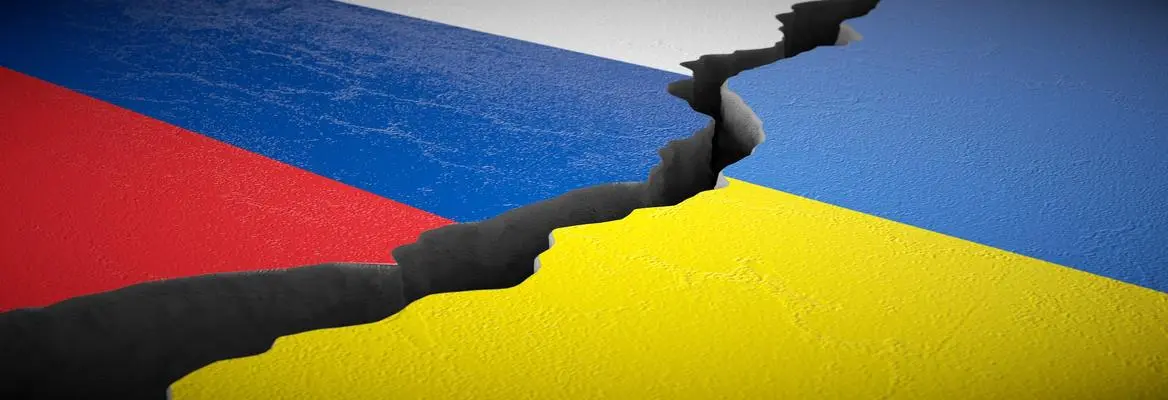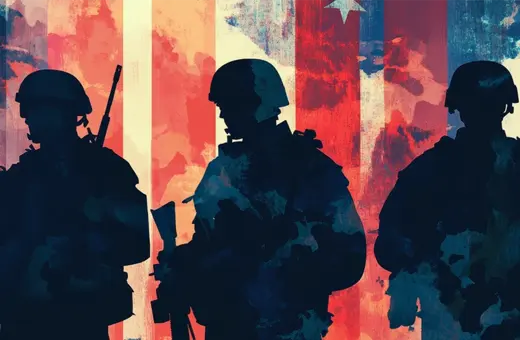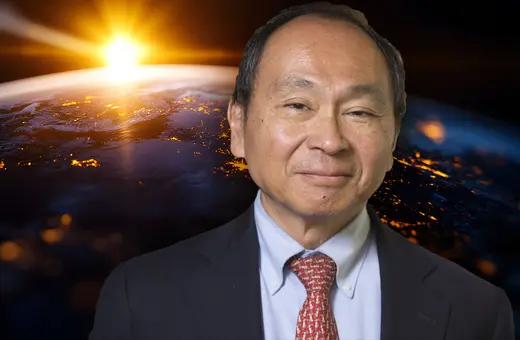Putin has been winning in Ukraine. The country is nowhere near joining NATO, a western goal only a few years ago, and Russia’s annexation of Crimea is a geopolitical fact. Putin is also a master in using military force in ways that don’t quite cross over to hot war. Western powers have been signalling that they won’t allow a new invasion of Ukraine to go unpunished. But judging when to act, and how, is crucial. The pompous, yet vacuous rhetoric used by the west risks pushing the conflict over the line into a military one, for which there is no strategy or exit plan, writes Hew Strachan.
On December 12 the foreign ministers of the G7 states met in Liverpool to avert the danger of a possible Russian invasion of Ukraine. They were a bit late. The war has been going on for well over seven years. In 2014 Russia annexed Crimea and occupied parts of the Donetsk and Luhansk regions of the Donbass in Ukraine’s south-east. Sporadic fighting and a steady if sustainable flow of casualties have continued ever since.
The front line, with its trenches and no man’s land, is fixed, not fluid. The western powers can conveniently classify this as a ‘frozen conflict’, not a ‘hot’ war. That suits Russia. It serves geopolitical purposes which reach back to the reign of Catherine the Great. The question is now whether Russia’s escalation will make that fiction impossible to sustain for the west. Sometimes rhetoric binds you to unwise acts.
Russia’s strategy in Ukraine has been working
Regaining control of Ukraine reflects Russia’s long-term interests. It secures Russia’s access from the Sea of Azov to the Black Sea and thence – via the international waterway of the Bosporus and the Dardanelles – to the Mediterranean. The combination of a warm-water port, open all the year round, with the grain surpluses of Ukraine made this part of the Tsarist empire of vital economic and strategic importance. Ukraine was integral to Russia while conscious of its own national difference. After the Bolshevik revolution in 1917 Ukraine became an independent socialist republic but, following a bloody civil war, by 1921 most of it was absorbed in the Soviet Union. For Russia, Ukraine indubitably remains part of its ‘near abroad’.
The cards are almost all in Putin’s hands.
Putin’s aim has been equally consistent. Ukraine must not become a NATO member. That would put the old Cold War adversary directly athwart Russia’s routes south and end any hopes of Ukraine’s re-incorporation within Russia’s sphere of interest. So far he is winning. In 2014 Barak Obama seemed to favour NATO extending membership to Ukraine, although openly he confined himself to calling on it to help in its military modernisation. It was clear, when the NATO members met in Wales that year, that Ukraine could not expect anything more. In 2021 nothing has changed. Ukraine is still not a NATO member and so is not covered by article 5 of the Atlantic Charter, which makes an attack on one an attack on all. Neither President Biden, when he met Putin online for talks, nor the G7 foreign ministers in Liverpool put a military option on the table. If Russia defreezes the conflict, economic sanctions will follow, not an escalation to major war.





















Join the conversation